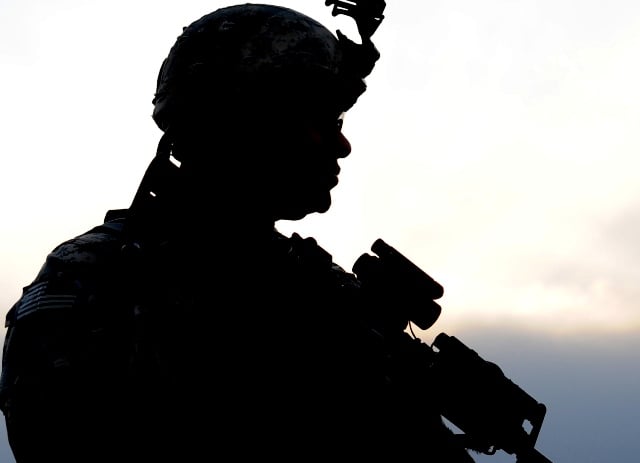
The timeline would mean the president could promise large troop reductions to a war-weary public just ahead of the November 2012 presidential elections in which he seeks a second term, but military officials told The Wall Street Journal that the electoral schedule had nothing to do with their proposal.
Instead, they said they were focusing on placing as much pressure as possible on the Taliban and the eastern provinces bordering Pakistan, especially during the next two warm-weather fighting seasons, usually the period of heaviest fighting from militants.
Obama ordered the 33,000 extra forces in December 2009 to throw a wrench in an emboldened Taliban's momentum, bringing the total deployed to 100,000. The United States plans on leaving only a "small fraction" of the overall forces after December 2014, when security will be handed over to the Afghans.
He promised to begin withdrawing troops this July but the White House has yet to say how many troops it will be pulling out or when, insisting such decisions will be based on conditions on the ground, where troops have been battling the Taliban for nearly a decade.
Military and Obama administration officials told The Wall Street Journal that it was unclear whether the president would follow the military's recommendation and change his withdrawal plans.
A senior US official favoring a slow drawdown said Obama's decision on a timeline to complete the withdrawal of the surge troops remaining in Afghanistan was far more important than that about the initial drawdown next month.






















COMMENTS
Comments are moderated and generally will be posted if they are on-topic and not abusive.
For more information, please see our Comments FAQ